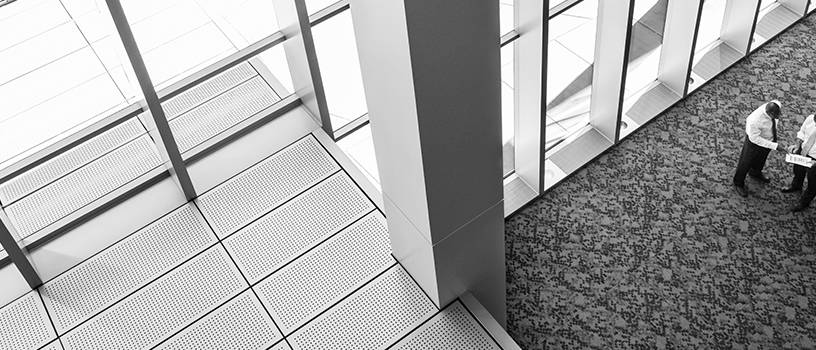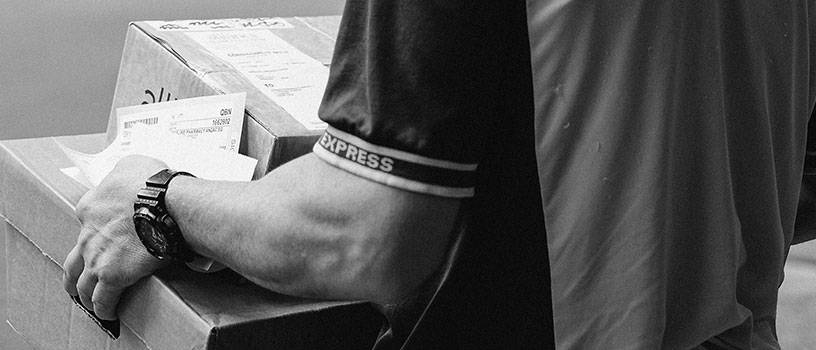VP3600
Bluetooth PIN Pad and Card Reader
VP3600
The VP3600 mobile solution is a tailor-made card reading and PIN entry device for the modern banking landscape. With a built-in PIN pad and the ability to read chip, magstripe, and NFC cards, the VP3600 is a compact and cost-effective repinning and account access device for banks and credit unions.
- Reads all types of banking cards including chip, magstripe, and NFC contactless cards.
- Offers an added layer of security and enhances overall fraud protection by enabling secure PIN entry with the built-in PIN pad.
- Compatible with your smartphones and tablets on iOS, Android, and Windows OS when connecting via Bluetooth.
Download DatasheetVisit Knowledge Base


VP3600
The VP3600 mobile solution is a tailor-made card reading and PIN entry device for the modern banking landscape. With a built-in PIN pad and the ability to read chip, magstripe, and NFC cards, the VP3600 is a compact and cost-effective repinning and account access device for banks and credit unions.
- Reads all types of banking cards including chip, magstripe, and NFC contactless cards.
- Offers an added layer of security and enhances overall fraud protection by enabling secure PIN entry with the built-in PIN pad.
- Compatible with your smartphones and tablets on iOS, Android, and Windows OS when connecting via Bluetooth.
Download DatasheetVisit Knowledge Base

Interfaces
Bluetooth 4.0 BLE, USB – HID
Operating Temperatures
0°C to 55°C (32°F to 131°F)
Storage Temperatures
-20°C to 70°C (-4°F to 158°F)
Dimensions
116.3 mm x 70 mm x 19 mm
Key Features
- PCI 5.0 SRED
- EMV L1 / L2
- ID TECH Common L2 Kernel
- TDES / AES / RSA / MK&SK Encryption
- Bluetooth 4.2 Low Energy
- iOS, Android and Windows
Tell Me More
"*" indicates required fields


